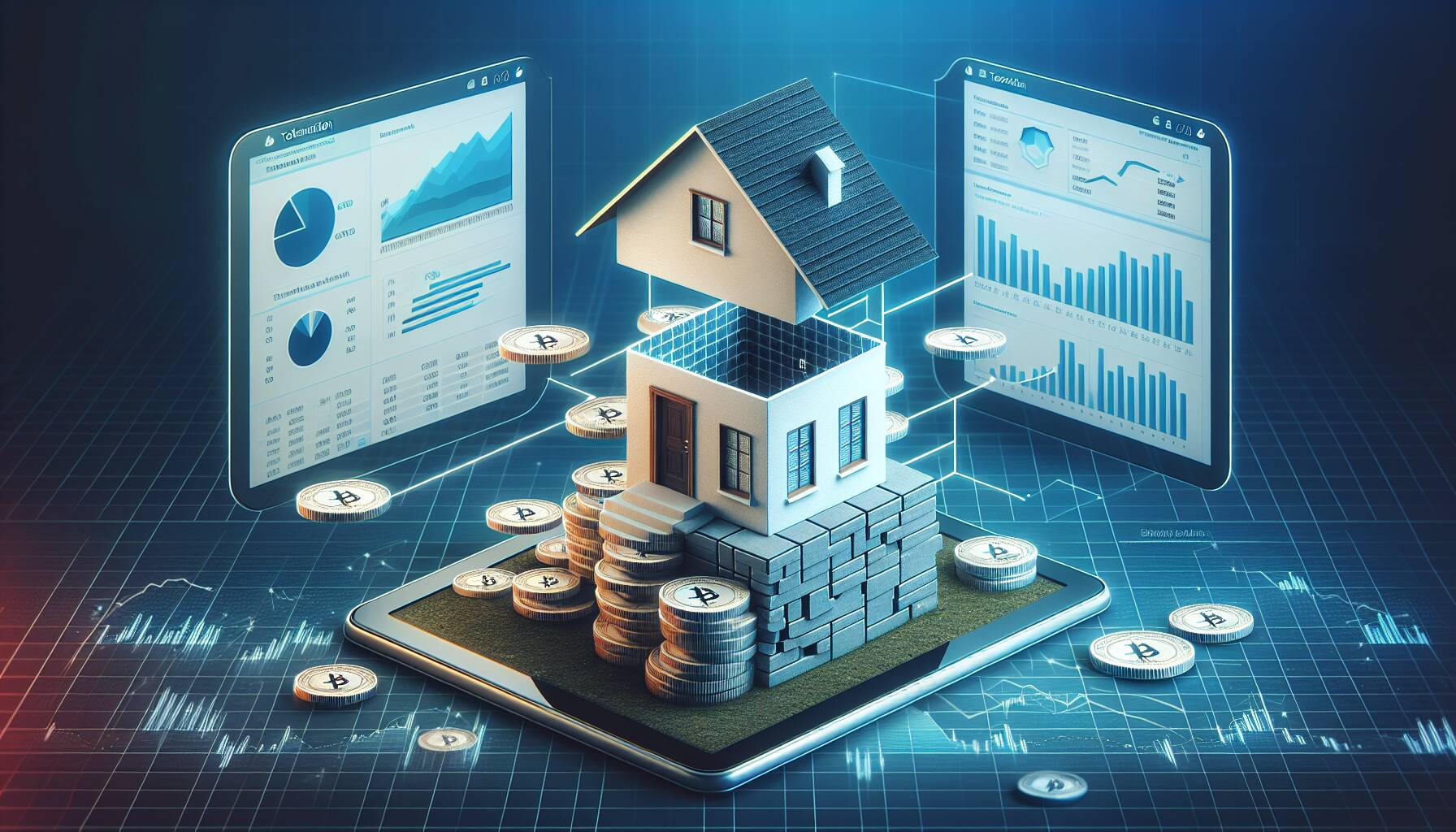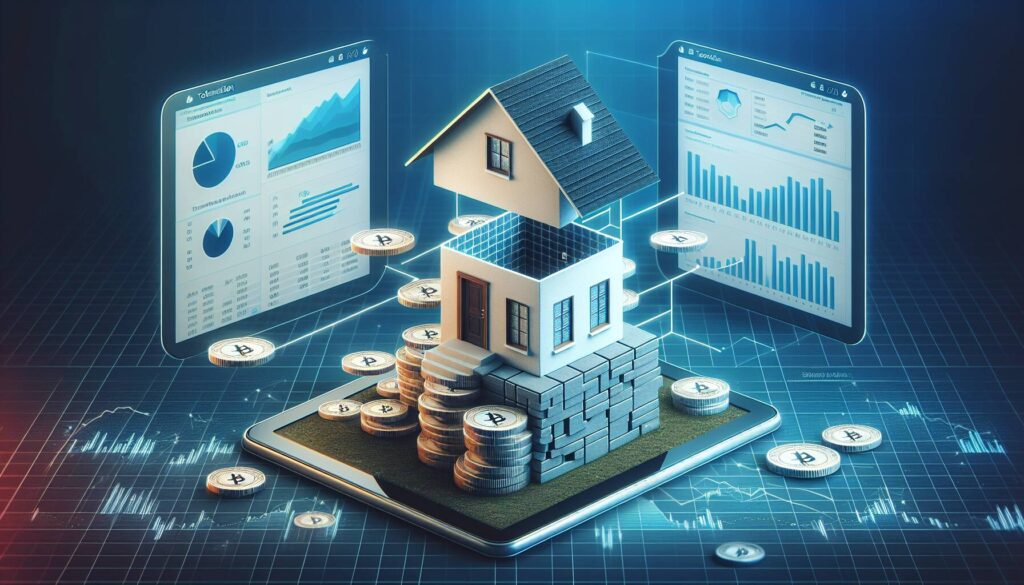The cryptocurrency landscape is evolving, with the tokenization of real-world assets (RWAs) emerging as a pivotal trend. Institutions are increasingly recognizing the benefits of tokenization for enhancing collateral mobility and making private assets more accessible to a wider audience, including retail investors and crypto enthusiasts. This shift signifies a movement from the earlier NFT and meme-based hype toward more serious applications of blockchain technology. As of May 2025, the tokenization market has expanded significantly—from a $50 billion cap at the end of 2024 to a remarkable $65 billion, not counting stablecoins.
A recent conference, TokenizeThis 2025, highlighted these developments, drawing attention to key themes within the tokenization space. Industry leaders gathered to address accomplishments and challenges in achieving mainstream adoption. Topics of discussion ranged from the importance of collateral mobility in enhancing the utility of RWAs to the transformative impact tokenization could have on investment strategies and operational workflows.
“The reason this technology is so powerful is because it’s a computer,” noted Kevin Miao of Steakhouse Financial, emphasizing the potential for on-chain processes to streamline asset management.
Tokenization not only simplifies asset usage but also introduces innovative financing solutions. For instance, decentralized finance (DeFi) is reshaping the way individuals access loans, enabling users to apply anonymously and receive funds from multiple investors rather than dealing with traditional banks. This model could revolutionize financial accessibility, particularly in mortgage lending.
Challenges do persist, including issues related to liquidity, custody, and the need for greater integration between traditional and blockchain-based systems. However, enthusiasm within the industry suggests that overcoming these hurdles could lead to a landscape where RWAs are seamlessly integrated into both decentralized finance and traditional investment frameworks. The future of finance may be poised for a substantial transformation, driven by the accessibility and utility offered by tokenized assets.
As discussions continue about the role of tokenization in the broader financial ecosystem, it’s clear that the focus is shifting toward practical applications that maximize efficiency and create new opportunities for investors. The promise of blockchain technology lies in its capacity to democratize access to assets that were once seen as out of reach, potentially unlocking a wealth of new financial perspectives and strategies.

Tokenization of Real World Assets: Impact and Key Developments
The tokenization of real world assets (RWAs) is reshaping finance by enhancing collateral mobility and democratizing access to alternative investments. Here are the key points from the discussion on this topic:
- Growing Market Presence:
- Tokenization has shown significant growth, reaching a market cap of $65 billion by May 2025.
- Institutions are increasingly recognizing the potential for collateral mobility.
- Utility Through Tokenization:
- Tokenized assets enhance liquidity and usability for both retail and institutional investors.
- Blockchain allows funds to serve dual purposes, such as providing collateral for loans while still earning yields.
- Disruption of Lending Processes:
- Decentralized finance (DeFi) can streamline loans, reducing reliance on traditional institutions.
- Innovative solutions like Figure use blockchain to enhance efficiency in home equity lines of credit (HELOCs).
- Transformation of Investment Strategies:
- Tokenization allows for new investment tools, blending crypto and private assets for improved diversification.
- It simplifies workflows, potentially reducing or eliminating intermediary costs in asset management.
- Challenges to Overcome:
- Issues such as high custody costs and limited liquidity still hinder the widespread adoption of tokenized assets.
- A need for interoperability between legacy systems and blockchain platforms is essential for broader integration.
“The reason this technology is so powerful is because it’s a computer. If you think about all the middle and back office work…bringing that workflow on-chain is far more meaningful than just focusing on the asset itself.” – Kevin Miao, Steakhouse Financial
The shift towards tokenization of RWAs is poised to impact various aspects of individual and institutional finance, creating opportunities for improved investment accessibility, streamlined processes, and enhanced liquidity. As the landscape evolves, understanding these developments can empower investors and participants in the market to make informed decisions.
The Rise of Tokenization: Transforming Real World Assets
The landscape of financial technology is witnessing a significant shift with the tokenization of real world assets (RWAs), which is gaining traction among institutions eager for enhanced collateral mobility. The recent TokenizeThis 2025 conference showcased this transition, drawing attention to the potential benefits of converting traditional assets into tokenized forms. This trend not only appeals to retail investors seeking alternative avenues but also marks a departure from the speculative frenzy of NFTs and memecoins that dominated previous market cycles.
Competitive Advantages: The attributes that set tokenization apart are its potential for streamlined operations and increased access. Participants highlighted how blockchain technology facilitates the real-time movement of assets, allowing for innovative financial products like tokenized treasury securities. As articulated by industry experts, the ability to leverage assets as collateral without liquidating positions presents a profound operational efficiency not seen in traditional markets. Additionally, decentralized finance (DeFi) applications show promise in eradicating cumbersome lending processes, representing a significant leap towards simplified financial interactions for individuals.
Competitive Disadvantages: However, challenges persist in the form of high custody costs, liquidity issues, and the limited appeal of tokenized offerings to crypto-native audiences who often seek higher returns. The complexities surrounding interoperability between legacy systems and blockchain, as well as the necessary education surrounding new investment strategies, could hinder mass adoption. Regulating such an intricate network of tokenized assets poses another set of challenges that may deter institutional participation.
Target Audience: The implications of this burgeoning trend are multifaceted. Institutional players looking for innovative ways to manage assets could greatly benefit from increased liquidity and diversified investment strategies. Conversely, traditional investors may find the transition daunting, particularly if they are unaccustomed to blockchain technology. As financial institutions grapple with establishing robust frameworks to integrate RWAs, they might unintentionally alienate less tech-savvy investors, creating a gap between those who can navigate the new landscape and those who cannot.
In addition, for retail investors, the emergence of user-friendly tokenized products could unlock previously inaccessible markets. Still, without adequate education and support, these tools could lead to miscalculations in risk management and investment decisions. Thus, while the promise of tokenization heralds a new era for financial markets, careful consideration of the potential barriers is crucial to ensure equitable access and understanding across diverse investor segments.

















